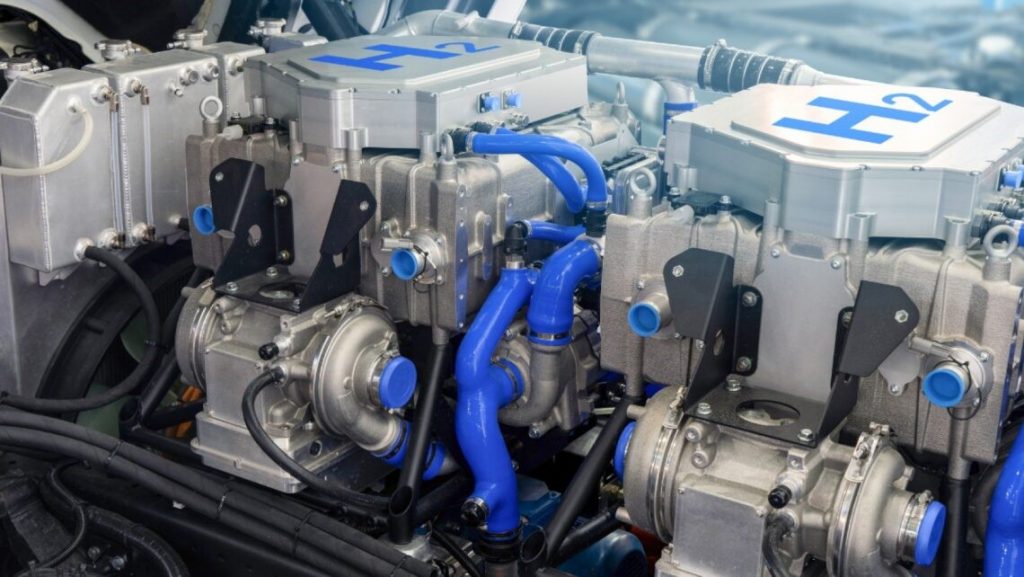In 2022, engineers in Scotland produced the first car powered by tidal energy extracted from the sea. This breakthrough demonstrates the feasibility of marine power for practical applications like transportation. With further innovation, ocean-powered vehicles could become more widespread in the coming decades.
Marine energy offers an immense, predictable and renewable energy resource. As the world looks to transition away from fossil fuels, technologies that tap into the ocean’s energy can provide clean alternatives for powering our future. Vehicles that run on marine power have the potential to reduce greenhouse gas emissions.
Scotland may not be the obvious place but is well-equipped to serve as the seas’ source of immense power. The country benefits from a quarter of European tides because approximately 25% of the EU’s tidal resources and 10% of its wave resources are available. It is because Scotland’s coastline stretches and have very high tides.
This case is thought to be a home to some of the most attractive sites in the world for harnessing tidal power. They are often referred to as the “Saudi Arabia of offshore energy,” being brimmed with fast running waters. Ot is presumed that the the latter could generate 1.9 GW of tidal energy capacity.
With marine power, together the greater Scottish coast can take advantage of 7.5 GW of tidal stream power and 1.5 GW of wave power. Unlike the other forms of renewable energy, solar and wind, tidal power is more predictable thereby being a dependable gravitational power supply.
Specifically, tides and marine energy can generate enough renewable electricity for tens or hundreds thousands of Scottish homes and even the rest of the world. But the Scottish government has set thorough plans which will see it source all of its electricity demands from renewals by year 2030.
In 2021, Nova Innovation worked with partners to develop the world’s first tidal-powered electric vehicle in Scotland. This pioneering project demonstrated the viability of using tidal energy to directly charge electric vehicles.
The tidal-powered car project involved installing a small tidal turbine at the European Marine Energy Centre’s Fall of Warness test site in Orkney, Scotland. The turbine was connected to a battery which powered an electric Volkswagen e-Golf for driving around the islands.
Over the course of 3 months, the tidal turbine generated over 1,000 miles worth of zero carbon electricity for powering the electric vehicle. This groundbreaking project successfully validated the use of tidal power for electric transport.
It is clear that this tidal-powered engine comes to surpass conventional hydrogen without completely detaching itself from it. Everything is to generate a new model of internal combustion that does not pollute, is efficient and takes into account the degradation of salts. This has been the main challenge, and they seem to have overcome it all at once with this innovation that puts brands like Tesla in serious trouble.
Tags: Fossil Fuel, Marine, Ocean, Scotland, Tidal Power



Recent Posts
Scandlines Nears Delivery of Zero Emissions Ferry Following Successful Sea Trials
India faces emission roadblocks with rising net-zero demands
Green Energy Resources invests in two electric Liebherr LHM 550
NYK Launches Continuous Use of Bio LNG Fuel on Car Carriers to Advance Decarbonization Goals
Yang Ming Expands Fleet with Methanol and LNG Dual-Fuel Vessels Under Fleet Optimization Plan
ClassNK Advocates Speed Gap Monitoring to Optimize Fuel Efficiency in Heavy Weather
Wärtsilä’s retrofit package for the Corsica Linea ferry Pascal Paoli has resulted in fuel savings of up to 22 percent Corsica Linea
COSCO Shipping Names Second Methanol Dual-Fuel Containership in Yangzhou